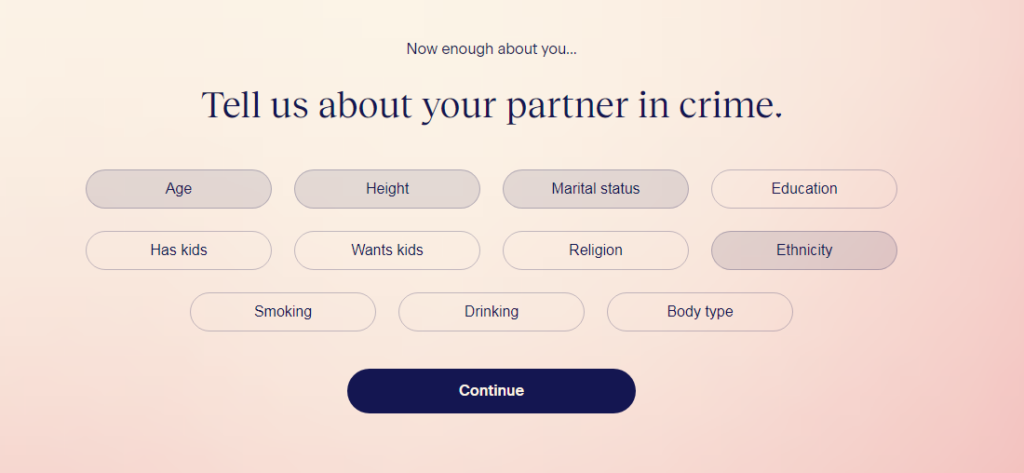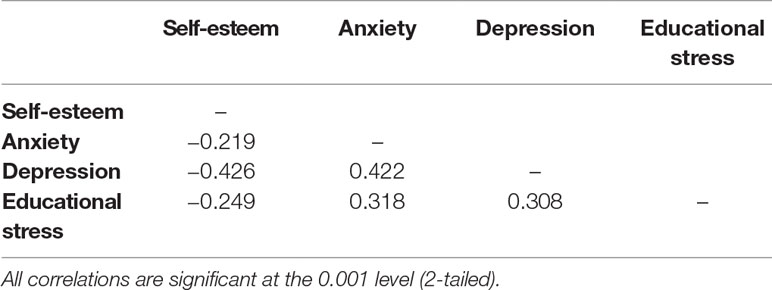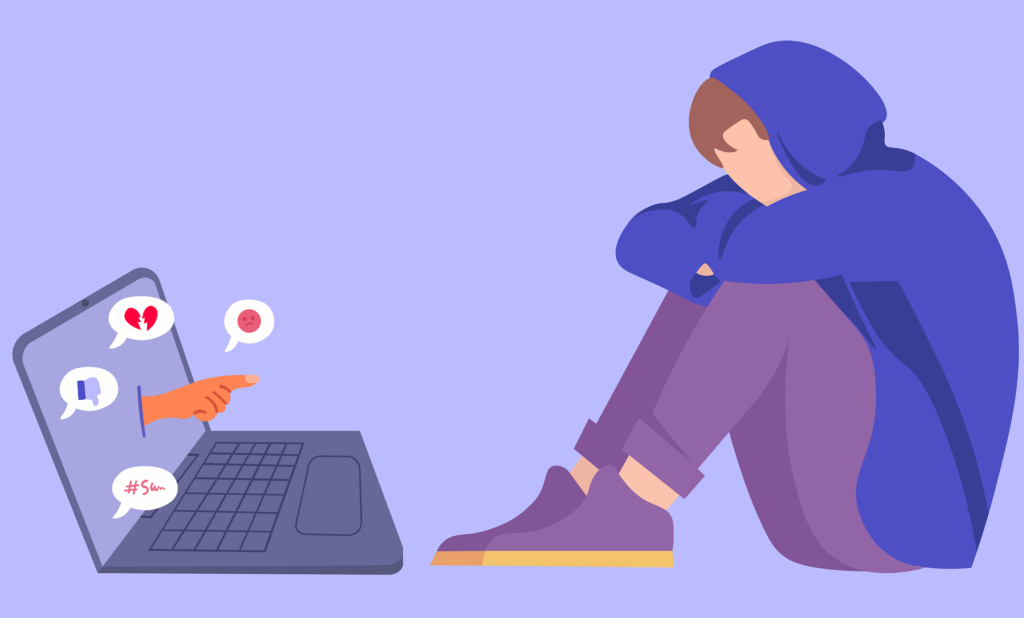Abstract
Cyberbullying has become increasingly common in recent times, and has very serious effects on mental health, yet is still often overlooked by younger audiences. The negative effects of cyberbullying far exceeds that of the initial encounter, and can contribute to a lifetime of mental health issues. In this essay, I used autoethnographic methods to reflect on my own past experiences and compare them to the experiences of the current youth on social media in order to better understand the different types of cyberbullying, what its negative effects may entail and why,despite increasing awareness, it still gets overlooked. From my research I found a strong correlation between cyberbullying, low self-esteem, and mental health disorders, such as depression and anxiety. I also learned that many teens may interpret cyberbullying as practical jokes and friendly banter, leading to a lack of support from peers when victims experience cyberbullying. The importance of this article is to emphasize the long-term effects of cyberbullying and provide us a better understanding of how to spot it online, with the hopes of reducing the negative mental health impacts it has on today’s youth.
Keywords: Cyberbullying, Youth, Adolescents, Depression, Self-esteem, post traumatic stress disorder
________________________________________________________________________________________
Introduction
In recent years technology usage has been climbing. Nowadays, almost everyone uses some form of social media, But is this sudden increase in technology use really a good thing? Social media has some outstanding positives; it allows people from different countries the ability to stay in contact, it provides free entertainment to a vast majority of the population, and in recent years it has employed countless people who create content for everyone to enjoy. However there are also many negatives to social media, but the scope of this article is to discuss one very important piece of it: bullying.
Bullying and its different forms
Bullying can take many forms, and sometimes it can be hard to tell the difference between different forms of cyberbullying. To some people it may just be a joke or poking fun at something, but the difference between a joke and bullying, is perception. For example, if I was to make a joke about my brother’s hair looking dumb in his new color, and his perception was that I intended harm, suddenly my joke became an instance of bullying. Some of the differing forms of cyberbullying can include name calling, exclusion, threats or outdoing (could also be called ‘one-upping’) (Diaz et al. 2021).
Understanding name calling
Name calling is possibly one of the most overlooked forms of cyberbullying. As many people have grown to accept all kinds of forms of name calling, it seems with the introduction of social media into our daily lives it is inherently ingrained in us to just let it ‘roll off of our back’ when people drop derogatory terms. I see this daily on my personal feed,often in the forms of blatant racism, sexism and homophobia. People use these terms like it is a part of everyday vocabulary that they would say in front of their barber. It is as if these words have lost meaning to many of us, but to the people that are affected by such derogatory terms, they continue to hold harmful meanings. Groups of people these terms represent such as: Native Americans, African Americans, Hispanics, Asians and LGBTQIA+, these words still hold meaning and when they get called these names it is still hurtful to them.
Being excluded
The next form of bullying that hardly ever gets noticed is exclusion, exclusion is something that happens everyday on every social media platform and dating site in the world. On social media there are too many forms of exclusion to count, from creating private groups that no one can see what is posted to purposefully selecting who can see your posts. In today’s day and age you can specifically select who you want to see your post and information, and if that wasn’t enough, you can also choose to exclude specific people from your social media experience all together by simply blocking them. On the other side of social media is online dating and exclusion is a well researched topic that has a wealth of information available on it. On dating sites, a majority of them allow you to select preferences, from things as big as skin color, religion and political affiliation to things as small as education level, height and even eye color. With these forms of exclusion running so rampant on social media, it’s no wonder people argue over it being able to connect everyone (fig.1).
 Fig. 1 Match.com allowing users to filter out and exclude many people who don’t meet your ‘preference’. (Image screenshot from the website Match.com taken by Tyler Carr February of 2022)
Fig. 1 Match.com allowing users to filter out and exclude many people who don’t meet your ‘preference’. (Image screenshot from the website Match.com taken by Tyler Carr February of 2022)
It’s not always a competition
The last form of bullying that I am going to cover is outdoing, there are many more forms of cyberbullying out there but it is outside of the scope of this article to talk about every one of them. Outdoing is a form of bullying that, to most people on the outside, can seem like normal competition between two people. But the simple reality of it is, that if it is not a welcomed competition, it can hurt other users’ self worth and self-esteem. For some people that seldom post on social media but to express their joy in major life events, having other users outdo them can be demeaning. As a personal example, after years of work and saving I purchased my first relatively new car, a 2016 Toyota Rav4 that I purchased in 2019. After getting home I took pictures and posted to social media, not much later I had someone comment on the post saying how it ‘looks like a thicc prius’. Well, as simple as this comment may have been, to me, being extremely proud of my purchase, this was very demeaning and really lowered my self-esteem, and made me feel like the pride I had in my new purchase was unjustified. Even though the intent of the post may have been friendly banter, bullying is about perception and my perception of the comment was that there was intent to harm (fig. 2).

Fig. 2 The original post from me purchasing my car shows how some simple words can have hurtful meaning. (Image Screenshot from the Facebook profile of Tyler Carr February of 2022 and edited to show only the relevant information by Tyler Carr)
How Cyberbullying affects the victims
As I have already hinted at, one possible outcome of cyberbullying is low self-esteem, but that is only the tip of the spear, there are many more negative effects of cyberbullying than just that. To name a few there is also, depression, PTSD, anxiety, conduct problems, and peer socializing problems (Eyuboglu et al. 2021). In this article I will be focusing primarily on low self-esteem, depression, and PTSD; any other effects of cyberbullying are not within the scope of this article, although I may draw connections between some, as many mental health symptoms and effects are closely related.
Low self-esteem
The first and often overlooked, yet major effect of cyberbullying, is low self-esteem; low self-esteem is a major contributor to other mental health disorders such as depression and anxiety, and can increase the likelihood of future cyberbullying. Low self-esteem is a very simple thing and many people think nothing of it, but low self-esteem has a high correlation rate with depression and anxiety in students involved in either traditional bullying or cyberbullying (Eyuboglu et al. 2021). Low self-esteem is simply the lack of confidence in who you are, or what you are capable of, and not feeling confident in one’s own abilities. Low self-esteem can open the door for someone to bully you more (fig. 3).

Fig. 3 Table showing a statistically significant correlation between self esteem, depression and anxiety (Nguyen et al. 2019).
How depression is involved
While we are already on the topic of depression, let’s explain what it is. Depression is a mental health disorder that is caused by a lack of neurotransmitters in the brain. Specifically the lack of neurotransmitters involved in the production and transportation of serotonin and dopamine, which are the substances the brain releases in order for us to feel happiness (Schimelpfening, 2021). Depression can be characterized by lack of interest in hobbies you once found fun, feelings of hopelessness, decreased energy, irritability, and worst of all, thoughts of death or suicide. I live with depression, and the amount of work it takes on a daily basis just to feel ‘OK’ can be crippling; it can feel like just getting out of bed can be too much work some days. In recent years, depression has been getting much more attention on the news, and by parents and children. I believe in part this is due to children and young adults letting their voices be heard, but I believe there is also a part that is due to the increase in social media usage and therefore an increase in cyberbullying. Depression can be in some cases easy to treat, but in some cases it may take years of therapy and multiple depression medication changes in order to start feeling average again, in many cases depression may also lead to suicidal or homocidal ideations or actions.
PTSD isn’t just for veterans
The last and possibly the least reported effect of cyberbullying is post-traumatic stress disorder. PTSD is one of the least reported mental illnesses due to the preconceived notion that only military veterans get PTSD. However, this is not the case, and anyone could be at risk for developing signs and symptoms of PTSD, which is simply the brain’s reaction to traumatic events. In psychology we learn about the Hippocampus, which is involved with storing memories and learning, and the Amygdala, which is involved in experiencing emotions. Science has shown that when we experience traumatic events, it actually activates both centers of the brain, essentially storing a perfect copy of everything that happened and exactly how we felt at the time. Due to the activation of both parts of the brain, the next time we see something that reminds us of the event, not only do we experience flashbacks of the event and what happened, but we actually experience the same emotions we felt at the time of the event. Many people report signs of PTSD after leaving an abusive relationship or if they had an abusive parent growing up, but causes of PTSD don’t have to be physical abuse. PTSD can also be caused by a threat someone made, or a situation that you felt you had no way of controlling and it had a negative impact on you. There is still plenty of research happening on PTSD and there is much that we don’t know yet. But we do know that there have been cases of cyberbullying that resulted in long-term PTSD. According to a recent study, PTSD is most common in adolescents who experienced both cyberbullying and peer violence (traditional bullying) (Ranney et al. 2016). With an increase in the usage of social media there has been an increase in cyberbullying as well, and it is clear that cyberbullying has major detrimental effects to our mental health.
How cyberbullying gets overlooked
The last thing I am going to cover is the reasons why cyberbullying doesn’t always get stopped by outsiders, and why it looks like people will just let other people bully people constantly without standing up to the inappropriate behavior. This can be for many different reasons unfortunately, but there are two main reasons I could find for why cyberbullying doesn’t get stopped or reported by peers. Those two reasons can be broken down into the groups of practical jokes, and friendly banter.
Practical jokes
Practical jokes are jokes that involve pranking someone in order to make them look foolish, and most times when held between groups of friends, these are harmless and funny to both parties. Now, imagine that you do the same to someone that isn’t a close friend. Suddenly the joke turns embarrassing, and makes the other party feel uncomfortable or less than they truly are. Practical jokes between friends are all in good fun and there is nothing inherently wrong with them, but many times on social media, since you don’t know how good of a friend someone is with others, cyberbullying can be viewed as a practical joke. This can be especially harmful to a person’s confidence, because if they know that their friends saw and never spoke up, it can alienate them and make them feel alone.
Friendly Banter
The last way that cyberbullying can get overlooked on social media is as friendly banter. Between friends, you may have ‘in jokes’ or names that you call each other and you know it’s all in good fun, but that all changes when the party isn’t a friend; now it becomes name calling and harassment. However, to the innocent bystander, it looks like just friends ‘giving each other flack’. Very similar to practical jokes, the lack of support felt by friends can be devastating, and leave someone feeling alone and worthless, only tying itself back into the mental illnesses we discussed earlier in this article.
Conclusion
Cyberbullying has been around as long as technology has allowed people to connect over the internet, but in recent years with increasing use of social media , the rise in cyberbullying cases has been astounding. Not only have we seen more cyberbullying cases, but we have also seen more people speaking out about their mental health. There is more to the mental health crisis than just cyberbullying and traditional bullying, but I can’t help but wonder how closely connected they truly are, and how much things would change if we could all just treat each and every person with respect and dignity; understanding that all of us have been through tough things in our lives.
________________________________________________________________________________________
Acknowledgements: I would like to personally thank Professor Dr. Riki Thompson for encouraging me to keep expressing myself and helping me understand that my voice should be heard. I would also like to thank those who helped review my article, Patrick, Nooh, Dr. Riki and Rachael, without your revisions this article would be much harder to read and comprehend! Last but not least I would like to thank all of my classmates in the TCORE 101 class who helped me feel more confident in expressing myself and talking about my past experiences in a public setting. _________________________________________________________________________________________________Note about the author: Tyler Carr is a Mental Health Counselor and an undergraduate student at the University of Washington Tacoma who has personal experience in cyberbullying victimization as well as living with mental illnesses. _________________________________________________________________________________________________References: Díaz, Fite, P. J., Abel, M. R., & Doyle, R. L. (2021). Varying Experiences of Cyber Victimization among Middle and High School Students. Child & Youth Care Forum, 50(6), 1087–1105. https://doi.org/10.1007/s10566-021-09614-4 Eyuboglu, M., Eyuboglu, D., Pala, S. C., Oktar, D., Demirtas, Z., Arslantas, D., & Unsal, A. (2021). Traditional school bullying and cyberbullying: Prevalence, the effect on mental health problems and self-harm behavior. Psychiatry Research, 297, 113730–113730. https://doi.org/10.1016/j.psychres.2021.113730 Nguyen, D. T., Wright, E. P., Dedding, C., Pham, T. T., & Bunders, J. (2019). Low self-esteem and its association with anxiety, depression, and suicidal ideation in Vietnamese secondary school students: A cross-sectional study. Frontiers in Psychiatry, 10. https://doi.org/10.3389/fpsyt.2019.00698 Ranney, Megan L., M.D., M.P.H, Patena, John V., M.P.H., M.A, Nugent, N., Spirito, A., Boyer, Edward, M.D., Zatzick, Douglas, M.D, & Cunningham, Rebecca, M.D. (2016). PTSD, cyberbullying and peer violence: prevalence and correlates among adolescent emergency department patients. General Hospital Psychiatry, 39, 32–38. https://doi.org/10.1016/j.genhosppsych.2015.12.002 Schimelpfening, N. (2021, January 5). What is the chemistry behind depression? Verywell Mind. Retrieved February 28, 2022, from https://www.verywellmind.com/the-chemistry-of-depression-1065137#toc-the-role-of-key-neurotransmitters

